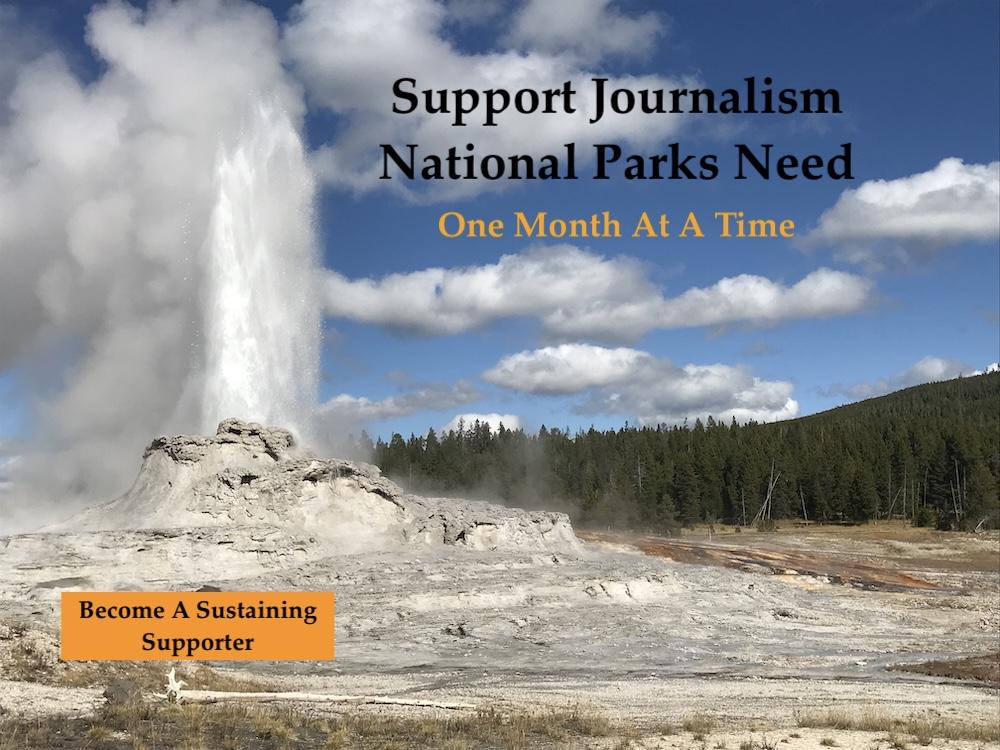
The NCPPT grant to the NPS Southern Arizona Office will develop terrestrial laser scanning methods to replicate and quantify the loss of earthen architecture at Casa Grande/NPS
The National Park Service has released $252,600 in grants for projects to develop or adapt techniques that preserve historical sites and cultural heritage.
"Advancements in science and technology have always played an essential role in historic preservation," said NPS Deputy Director P. Daniel Smith. "These grants encourage innovation and creativity for researching, sharing knowledge, and preserving historic places and cultural objects that tell the story of our past."
Examples of projects funded this year include:
- The University of Cincinnati will study the use of retrofitting insulation materials and methods in historic homes and buildings. They will determine what types of materials are used in different regions and how effective they are at reducing building energy use.
- The Kentucky Center for African American Heritage will take the latest technologies for preserving buildings and translate them into a series of videos for homeowners of shotgun houses – 12 feet wide houses popular in Southern United States from the end of the American Civil War through the 1920’s.
- The University of New Mexico will use virtual reality and augmented reality to document and better understand cultural landscapes.
The National Park Service’s National Center for Preservation Technology and Training (NCPTT) administers the grants as part of its efforts to create new technologies and training opportunities to preserve historic and cultural resources. Since 1994, NCPTT has awarded more than $10 million in grants to fund science and technology-based historic preservation projects.

 Support Essential Coverage of Essential Places
Support Essential Coverage of Essential Places






